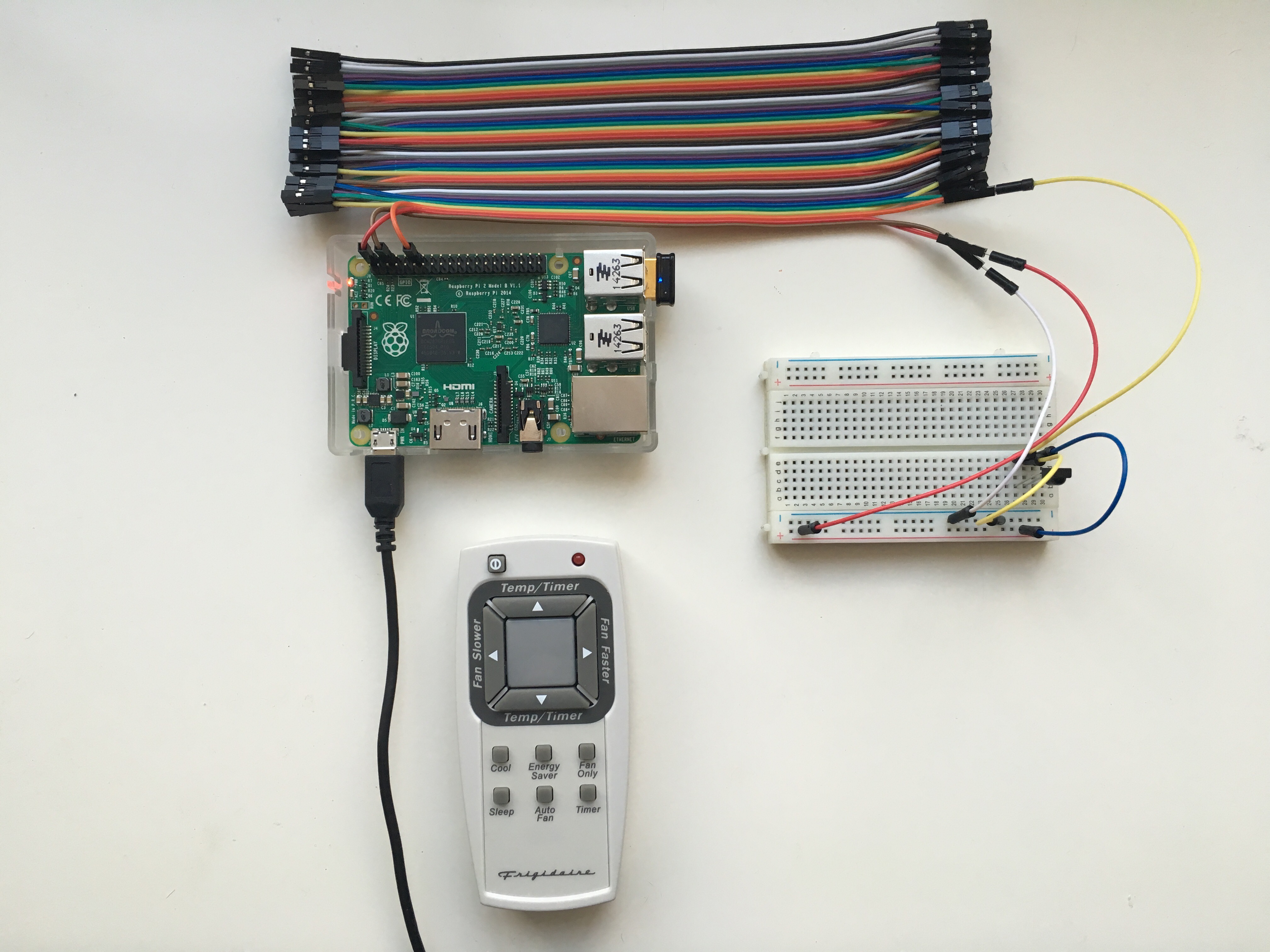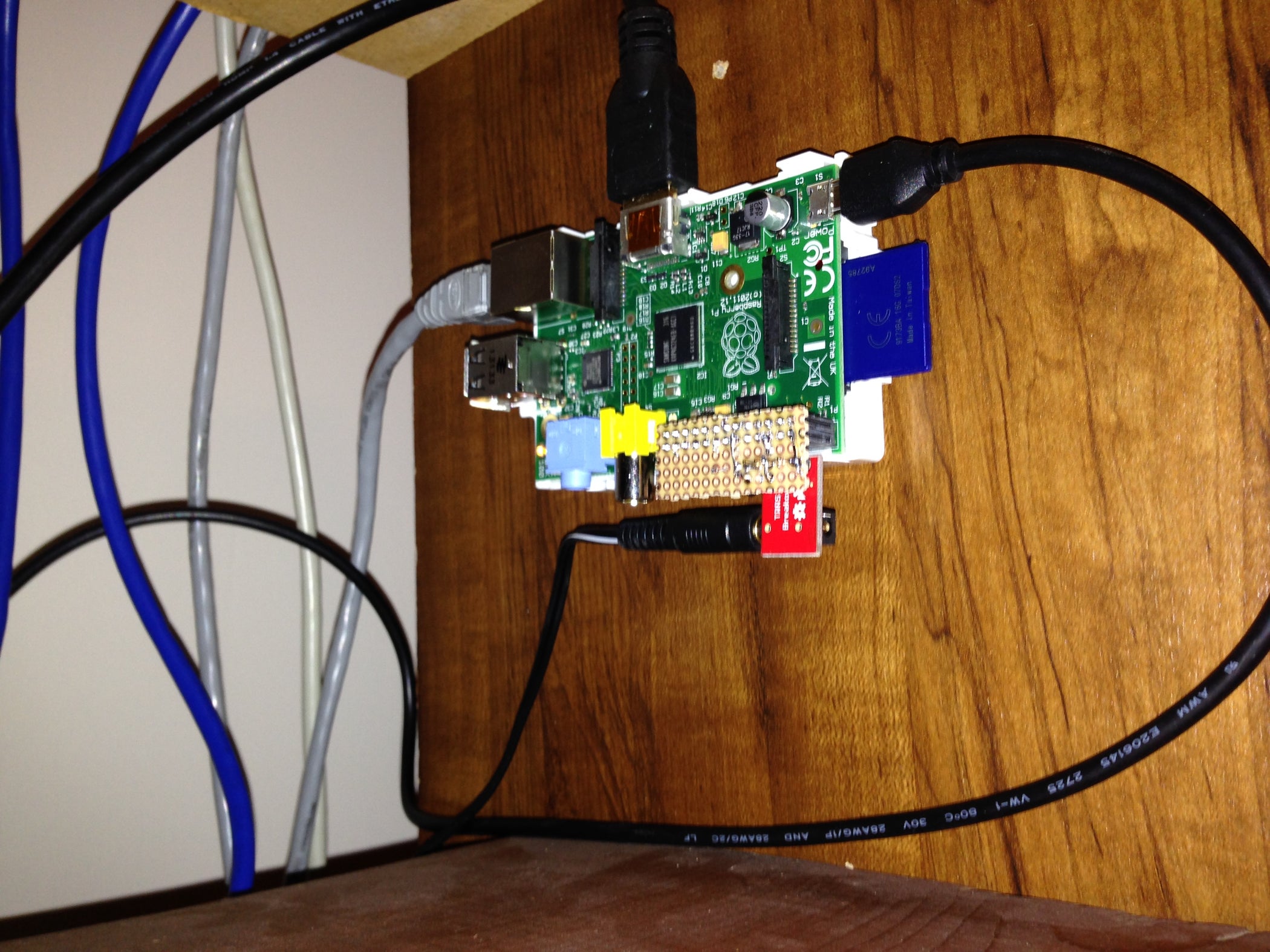Raspberry Pi Batch Job Over Internet: Remote Work From Home Revolution
Have you ever wondered how Raspberry Pi could be the secret weapon for remote work? Imagine running batch jobs effortlessly from the comfort of your own home while connected to the internet. It’s not just a dream—it’s reality! Raspberry Pi has become a game-changer for tech enthusiasts, developers, and remote workers alike. This tiny yet powerful device is transforming the way we think about remote work and automation.
Raspberry Pi batch job over internet remote work from home is no longer just a buzzword. It’s a practical solution that empowers individuals to manage complex tasks without being tied to a physical office. Whether you’re automating repetitive processes, running scripts, or managing data, Raspberry Pi provides an affordable and efficient platform for remote work.
In this article, we’ll dive deep into how Raspberry Pi can revolutionize your remote work setup. From setting up batch jobs to leveraging the internet for seamless operations, we’ll cover everything you need to know. So, buckle up and let’s explore the world of Raspberry Pi and its potential to change the way you work!
Table of Contents
- What is Raspberry Pi?
- Raspberry Pi Batch Job: The Basics
- Connecting Raspberry Pi to the Internet
- Setting Up a Remote Work Environment
- Automation Techniques for Batch Jobs
- Security Measures for Remote Work
- Essential Tools and Software
- Benefits of Using Raspberry Pi for Remote Work
- Challenges and Solutions
- The Future of Remote Work with Raspberry Pi
What is Raspberry Pi?
First things first, let’s talk about what Raspberry Pi actually is. Raspberry Pi is a small, credit-card-sized computer that packs a surprising punch. Despite its size, it can handle a wide range of tasks, from basic computing to complex automation. It’s like having a tiny powerhouse at your fingertips.
Developed by the Raspberry Pi Foundation, this device was originally designed to promote computer science education. However, its versatility and affordability have made it a favorite among hobbyists, developers, and even businesses. The Raspberry Pi runs on Linux-based operating systems, making it highly customizable and flexible.
Now, why is Raspberry Pi so special? Well, it’s not just about its size or price. It’s about the endless possibilities it offers. From home automation to data processing, Raspberry Pi can handle almost anything you throw at it. And when it comes to remote work, it’s a game-changer.
Raspberry Pi Batch Job: The Basics
Understanding Batch Jobs
A batch job is essentially a set of tasks or commands that are executed automatically, without requiring constant user input. Think of it as a to-do list for your computer, where each task is completed one after the other. Batch jobs are particularly useful for repetitive or time-consuming tasks, such as data processing, file management, or system maintenance.
When it comes to Raspberry Pi, running batch jobs is a breeze. The device’s lightweight architecture and Linux-based system make it ideal for automating tasks. Whether you’re running scripts, managing databases, or monitoring systems, Raspberry Pi can handle it all.
Why Use Raspberry Pi for Batch Jobs?
There are several reasons why Raspberry Pi is a great choice for batch jobs. First, it’s affordable. You don’t need to invest in expensive hardware to get started. Second, it’s energy-efficient, which means you can run it 24/7 without worrying about high electricity bills. And third, it’s highly customizable, allowing you to tailor it to your specific needs.
For remote workers, this means you can set up automated processes that run in the background while you focus on other tasks. No more manual intervention required—just sit back and let Raspberry Pi do the heavy lifting.
Connecting Raspberry Pi to the Internet
Before you can start running batch jobs over the internet, you need to connect your Raspberry Pi to the web. Fortunately, this is a straightforward process. Most modern Raspberry Pi models come with built-in Wi-Fi and Ethernet ports, making it easy to establish a connection.
Here’s a quick guide to connecting your Raspberry Pi to the internet:
- Ensure your Raspberry Pi is powered on and connected to a monitor or via SSH.
- Open the terminal and use the command
wpa_supplicant.confto configure your Wi-Fi settings. - Alternatively, use the GUI to select your Wi-Fi network and enter the password.
- Test the connection by pinging a website, such as
ping google.com.
Once you’re connected, you can start exploring the possibilities of remote work with Raspberry Pi.
Setting Up a Remote Work Environment
Step 1: Install the Necessary Software
To set up a remote work environment, you’ll need to install some essential software on your Raspberry Pi. This includes tools like SSH (Secure Shell) for remote access, cron for scheduling tasks, and any specific applications you need for your work.
Here’s how you can install SSH on your Raspberry Pi:
- Open the terminal and type
sudo apt updateto update your package list. - Then, run
sudo apt install sshto install the SSH server. - Finally, enable SSH by running
sudo systemctl enable ssh.
Step 2: Configure Remote Access
With SSH installed, you can now access your Raspberry Pi remotely from any device with an internet connection. Simply use an SSH client like PuTTY (for Windows) or the built-in terminal on macOS and Linux.
Remember to secure your SSH connection by using strong passwords or SSH keys. You can also disable password authentication and only allow key-based login for added security.
Automation Techniques for Batch Jobs
Automation is the key to efficient remote work. With Raspberry Pi, you can automate almost any task using a variety of techniques. Here are some popular methods:
Cron Jobs
Cron is a time-based job scheduler in Unix-like operating systems. It allows you to schedule tasks to run at specific times or intervals. For example, you can set up a cron job to run a script every hour or at midnight.
To create a cron job, use the command crontab -e and add your task in the following format:
* * * * * command_to_execute
Each asterisk represents a time field: minute, hour, day of the month, month, and day of the week.
Shell Scripts
Shell scripts are a powerful way to automate complex tasks. You can write a script to perform multiple commands in sequence, making it easier to manage batch jobs. For example, you can write a script to backup files, process data, or monitor system performance.
To create a shell script, simply open a text editor, write your commands, and save the file with a .sh extension. Then, make the script executable using the command chmod +x scriptname.sh.
Security Measures for Remote Work
Security is a critical consideration when working remotely. With Raspberry Pi, you need to ensure that your device and data are protected from unauthorized access. Here are some security measures you can take:
- Use Strong Passwords: Avoid using common or easily guessable passwords. Instead, use a combination of uppercase and lowercase letters, numbers, and symbols.
- Enable Firewall: Install and configure a firewall to block unwanted traffic and protect your device from attacks.
- Keep Software Updated: Regularly update your operating system and applications to patch any security vulnerabilities.
- Use Encryption: Encrypt sensitive data and communications to prevent unauthorized access.
By implementing these security measures, you can ensure that your Raspberry Pi is safe and secure for remote work.
Essential Tools and Software
When it comes to remote work with Raspberry Pi, having the right tools and software is essential. Here are some must-have tools:
- SSH Client: For secure remote access, use an SSH client like PuTTY or the built-in terminal.
- File Transfer Protocol (FTP): Use FTP to transfer files between your Raspberry Pi and other devices.
- Version Control: Tools like Git can help you manage and track changes to your scripts and projects.
- Monitoring Tools: Use tools like htop or glances to monitor system performance and resource usage.
These tools will make your remote work experience smoother and more efficient.
Benefits of Using Raspberry Pi for Remote Work
Raspberry Pi offers numerous benefits for remote workers. Here are some of the top advantages:
- Affordability: Raspberry Pi is an inexpensive solution for remote work, making it accessible to everyone.
- Flexibility: Its customizable nature allows you to tailor it to your specific needs.
- Energy Efficiency: Raspberry Pi consumes very little power, making it ideal for long-term use.
- Community Support: A large and active community provides plenty of resources and support for Raspberry Pi users.
With these benefits, it’s no wonder that Raspberry Pi has become a popular choice for remote workers.
Challenges and Solutions
While Raspberry Pi is a powerful tool, it does come with some challenges. Here are a few common issues and how to overcome them:
- Performance Limitations: Raspberry Pi may not be suitable for resource-intensive tasks. To address this, consider using a more powerful model or optimizing your scripts.
- Security Risks: As with any internet-connected device, security is a concern. Implementing strong security measures can mitigate these risks.
- Learning Curve: If you’re new to Linux or command-line interfaces, there may be a learning curve. Fortunately, there are plenty of tutorials and resources available to help you get started.
By understanding these challenges and their solutions, you can make the most of your Raspberry Pi for remote work.
The Future of Remote Work with Raspberry Pi
The future of remote work with Raspberry Pi looks bright. As more people embrace remote work, the demand for affordable and efficient solutions will continue to grow. Raspberry Pi is well-positioned to meet this demand, offering a versatile and customizable platform for remote workers.
With advancements in technology and increasing support from the community, Raspberry Pi will undoubtedly play a significant role in shaping the future of remote work. Whether you’re a developer, entrepreneur, or hobbyist, Raspberry Pi has something to offer.
Kesimpulan
In conclusion, Raspberry Pi batch job over internet remote work from home is a powerful and practical solution for modern remote workers. By leveraging the capabilities of Raspberry Pi, you can automate tasks, manage data, and work efficiently from anywhere in the world.
We’ve covered everything from setting up your Raspberry Pi to automating batch jobs and ensuring security. With the right tools and techniques, you can revolutionize your remote work setup and take your productivity to the next level.
So, what are you waiting for? Start exploring the world of Raspberry Pi and see how it can transform your remote work experience. Don’t forget to share your thoughts and experiences in the comments below. And if you found this article helpful, be sure to check out our other articles on remote work and technology!



Detail Author:
- Name : Anderson Fritsch
- Username : saul.schaden
- Email : kyler.schuster@yahoo.com
- Birthdate : 2001-09-17
- Address : 813 Tabitha Drive Tristianport, GA 27756
- Phone : 863-705-9724
- Company : Gorczany-Gutkowski
- Job : Lay-Out Worker
- Bio : Beatae non ipsa et. Qui id consectetur dolore sapiente aut sed est. Quo explicabo corrupti hic in dolores voluptas voluptas voluptate. Aperiam quos qui sit corporis est est.
Socials
linkedin:
- url : https://linkedin.com/in/hilario_russel
- username : hilario_russel
- bio : Dolores non eum occaecati repudiandae minus.
- followers : 4496
- following : 1772
instagram:
- url : https://instagram.com/russelh
- username : russelh
- bio : Enim iste eius expedita nihil est. Quisquam perferendis et tempore id aspernatur quis voluptas.
- followers : 4239
- following : 2464
tiktok:
- url : https://tiktok.com/@hilariorussel
- username : hilariorussel
- bio : Soluta ut qui eveniet praesentium qui quia ut. Eum quisquam sequi et quidem.
- followers : 6447
- following : 2098
twitter:
- url : https://twitter.com/hilario.russel
- username : hilario.russel
- bio : Ex id nesciunt ut modi. A eaque illum est ut ut et. Necessitatibus quia eveniet quaerat at voluptatem.
- followers : 4115
- following : 2903